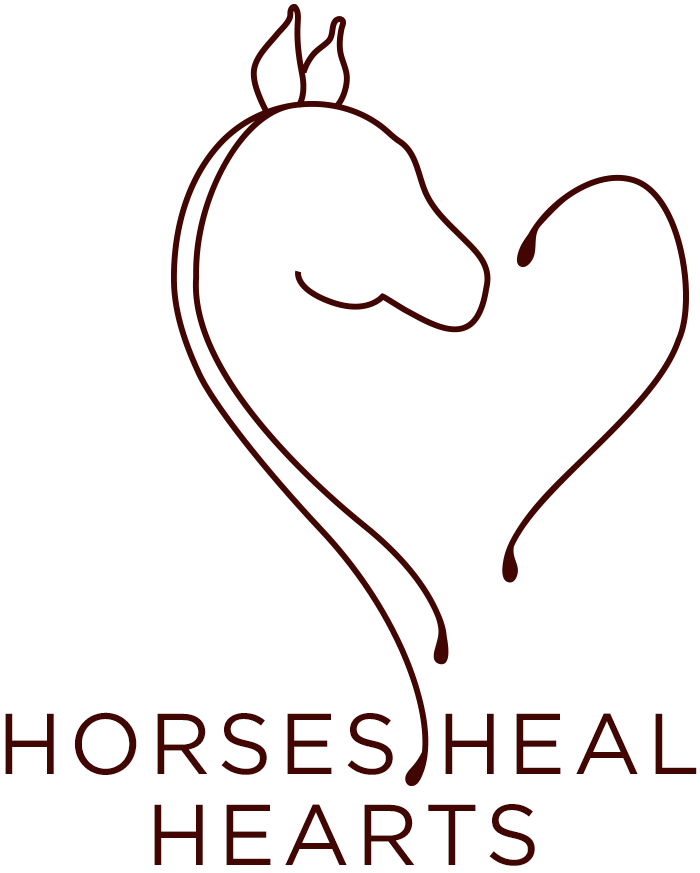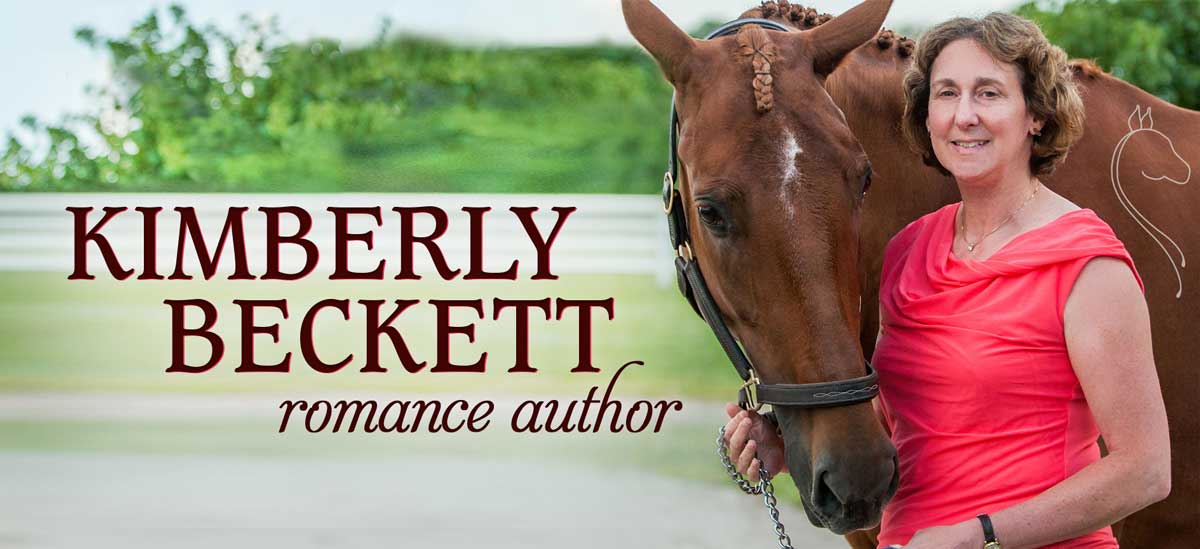What is Therapeutic Riding?
Equine Assisted Learning and Therapy
In Her Forever Love, Liz Randall has decided to leave international Dressage competition to come home to Columbus, Ohio and take over the management of her therapeutic riding facility. When Liz’s daughter Amy was first diagnosed with cerebral palsy, Liz researched the condition and discovered that the symptoms of CP improve with equine assisted physical therapy. When she couldn’t find a facility near their home in Columbus, she converted a part of her dressage training facility into a therapeutic riding practice. Because of Liz’s dedication to equine assisted therapy, Amy and many other patients have seen significant benefit from the therapy the horses provide.
“Throughout the world, hundreds of thousands of individuals with and without special needs experience the rewarding benefits of equine-assisted activities and therapies (EAAT). A physical, cognitive or emotional special need does not limit a person from interacting with horses. In fact, such interactions can prove highly rewarding. For instance, experiencing the rhythmic motion of a horse can be very beneficial. Riding a horse moves the rider’s body in a manner similar to a human gait, so riders with physical needs often show improvement in flexibility, balance and muscle strength.
Whether it’s a five-year-old with Down syndrome, a 45-year-old recovering from a spinal cord injury, a senior citizen recovering from a stroke or a teenager struggling with depression, research shows that individuals of all ages who participate in EAAT can experience physical and emotional rewards. For individuals with emotional challenges, the unique relationship formed with the horse can lead to increased confidence, patience and self-esteem. For teams in the corporate workplace and any individual seeking better leadership, team building or communication skills, working with horses provides a powerful new paradigm.” Quoted from PATH International.
Therapeutic Horseback Riding
For participants ages 5 and up, therapeutic riding is a recreational activity that provides opportunities for physical, emotional and cognitive benefit through horseback riding. All participants work towards individualized goals in a safe, fun and compassionate environment. The horses’ natural movement engages the human body in a manner that simulates walking. It is not uncommon that a student who has mobility limitations before riding will show improvements in their ability to ambulate after their lesson due to the improved core strength and flexibility derived from riding their horse. Whereas physical therapy in a room may be a chore, riding becomes a treat. Students have an opportunity to work on life skills, concentration, following directions, and working with others through horseback riding skills. You can learn more about therapeutic riding here!
Equine Assisted Learning
Equine-assisted learning (EAL) is an experiential learning approach that promotes the development of life skills for educational, professional and personal goals through equine-assisted activities. PATH International provides standards of professionalism and safety for people working in the EAAT field and guidelines for those providing EAL.
In an EAL setting, the experiential approach integrates equine-human interaction that is guided by a planned learning experience to meet the identified goals or desires of the participant(s). Working with equines provides opportunities to teach critical life skills such as trust, respect, honesty and communication. Equines use mostly non-vocal communication and are in-tune with human behavior. This can help participants to better understand and learn how our non-verbal communication might be impacting or influencing others in their lives. Equines ask people to be aware of their surroundings at all times. Through interactions with the equines, participants learn a heightened self-awareness. Self-awareness is important in order to reveal patterns of behavior and gives participants the opportunity to think in a new way. Furthermore, participants gain self-esteem and self-confidence while learning how to work with such a large and powerful creature. In all, equines provide us with a way to see our internal landscape and modes of operation exposed. They offer us the opportunity to experience humility, compassion and challenge – all critical elements to supporting self-growth and self-awareness.
Horses Heal Hearts Series Extras
Horses Heal Hearts Series Trailer
Horses Heal Hearts Series Details Trailer




